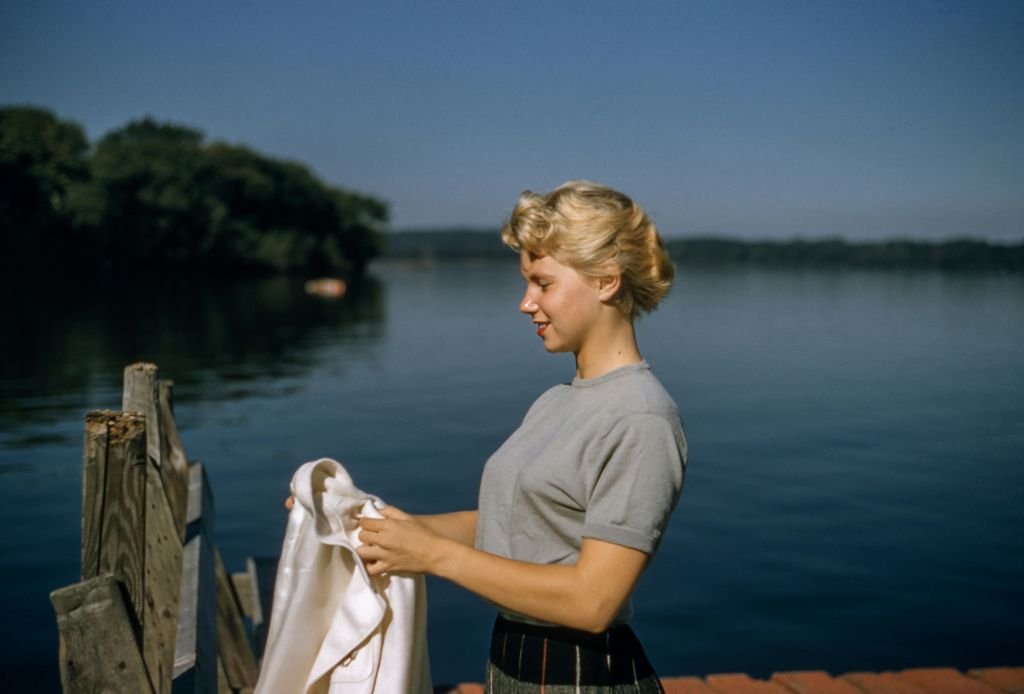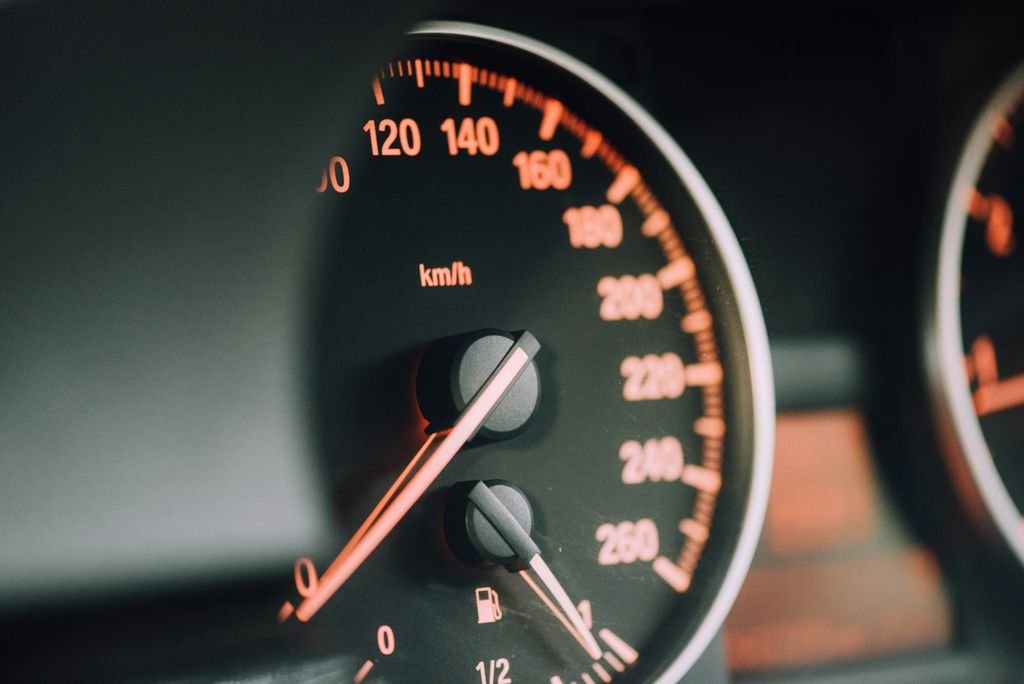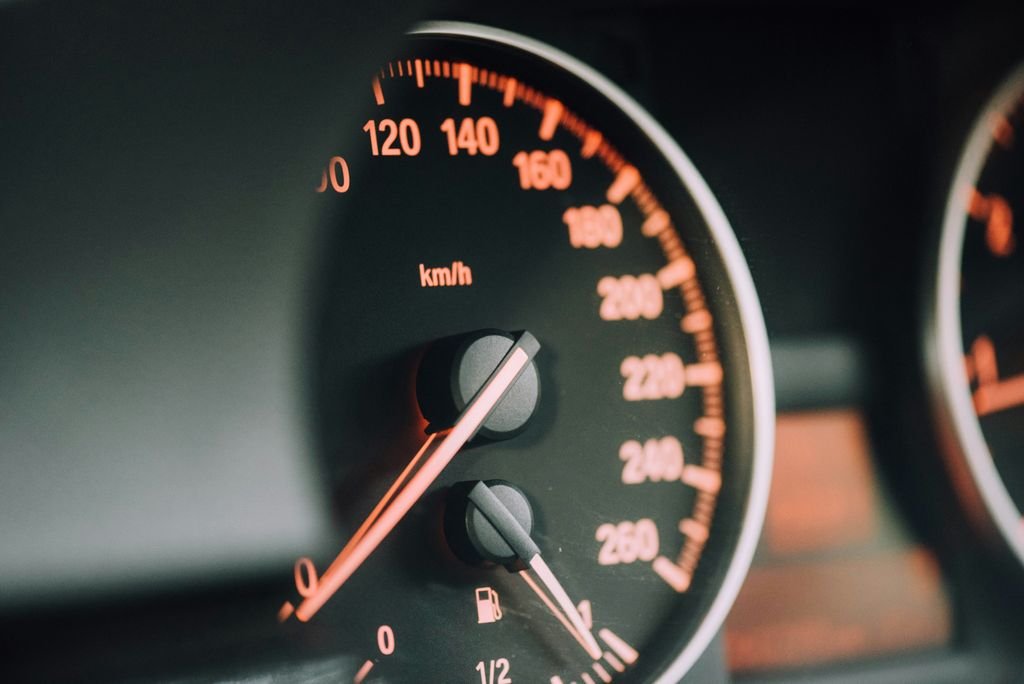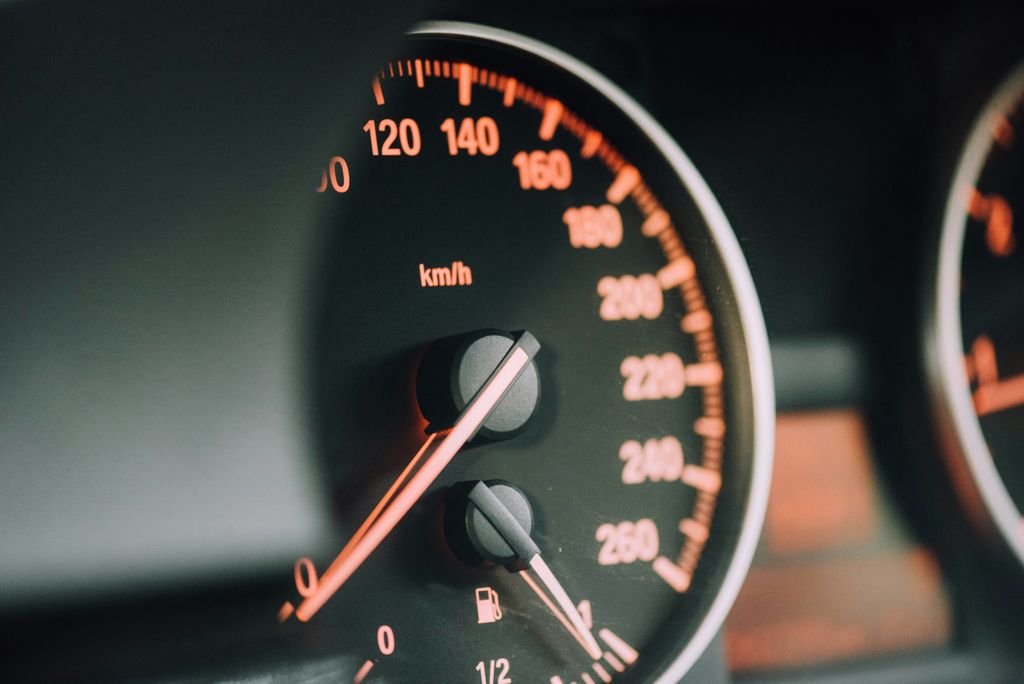Classic cars hold a special place in the hearts of automotive enthusiasts, and preserving their legacy is essential for maintaining their value and charm. In this article, we will explore the value of classic cars, best practices for preservation, and restoration techniques that can bring these vintage beauties back to life.
Key Takeaways
- Understand the historical and sentimental value of classic cars.
- Follow best practices for preservation to maintain the originality and authenticity of the vehicle.
- Explore various restoration techniques to bring classic cars back to their former glory.
- Ensure that preservation and restoration efforts are carried out by professionals with expertise in classic car maintenance.
- Regular maintenance and care are crucial for safeguarding the legacy and shine of classic cars.
Preserving Classic Cars
Understanding the Value of Classic Cars
Appreciating the true value of classic cars goes beyond their monetary worth. It’s about recognizing their historical significance, the craftsmanship of a bygone era, and the emotional connections they foster. Classic cars are cultural artifacts, encapsulating the design trends, technological advancements, and societal norms of their time.
To truly understand their value, consider the following aspects:
- Rarity and exclusivity
- Condition and originality
- Historical importance
- Provenance and ownership history
- Market demand and trends
The value of a classic car is not solely measured by its price tag, but also by the stories it tells and the heritage it carries forward. Preservation of these vehicles is a tribute to automotive history and an investment in cultural preservation.
Owners of classic cars should be aware that their investments are subject to fluctuations in the market. It’s essential to stay informed about the collector car market and to understand how different factors can impact the value of your classic car over time.
Best Practices for Preservation
Preserving a classic car requires a meticulous approach to maintenance and care. Regular upkeep is essential to ensure that your vintage vehicle remains in pristine condition for years to come. Here are some best practices to consider:
- Storage: Keep your classic car in a climate-controlled environment to protect it from extreme temperatures and humidity.
- Cleaning: Use gentle, pH-neutral cleaning products and avoid high-pressure hoses that can damage paint and seals.
- Inspection: Regularly inspect your vehicle for signs of wear, rust, or mechanical issues. Address problems promptly to prevent further damage.
It’s crucial to maintain a consistent routine. This includes scheduled servicing and using the correct oils and fluids that are appropriate for your car’s age and engine type.
When it comes to preservation, documentation is key. Keep a detailed record of all maintenance, repairs, and restoration work. This not only helps in maintaining the car’s legacy but also adds value should you ever decide to sell.
Restoration Techniques
Restoring a classic car is both an art and a science, requiring a delicate balance between maintaining originality and ensuring reliability. Proper restoration can significantly enhance a vehicle’s value and longevity. It’s crucial to approach this process methodically, respecting the car’s heritage while incorporating modern advancements where appropriate.
When embarking on a restoration project, it’s essential to prioritize tasks to avoid becoming overwhelmed. Start with a solid plan and proceed with patience and precision.
Here are some fundamental steps in the restoration process:
- Assess the vehicle’s condition thoroughly.
- Research the car’s history and original specifications.
- Source authentic parts or suitable replicas.
- Address rust and body damage before cosmetic work.
- Rebuild or refurbish mechanical components.
- Apply period-correct finishes and detailing.
Remember, the goal of restoration is not just to bring a car back to its former glory, but to preserve its story for future generations to appreciate.
Conclusion
In conclusion, the legacy and shine of classic cars are a testament to the rich history and craftsmanship of automotive engineering. Preserving the heritage of these vintage vehicles requires dedication, attention to detail, and a deep appreciation for the art of restoration. By following the best methods for restoration and maintenance, classic car enthusiasts can ensure that these timeless treasures continue to captivate and inspire for generations to come.
Frequently Asked Questions
What makes a car a classic?
A car is typically considered a classic if it is over 25 years old and has historical significance or is rare and collectible.
How can I preserve the original paint on my classic car?
To preserve the original paint, it’s important to regularly wash and wax the car, store it in a climate-controlled environment, and avoid exposure to harsh elements.
What are the best practices for maintaining a classic car’s engine?
Regular maintenance, including oil changes, tune-ups, and inspections, is essential for preserving a classic car’s engine. Using high-quality lubricants and fluids is also important.
Is it better to restore or preserve a classic car?
The decision to restore or preserve a classic car depends on its condition and the owner’s preferences. Preservation maintains the originality, while restoration involves rebuilding and refinishing components to return the car to its original condition.
How can I protect the interior of my classic car from aging and damage?
To protect the interior, use UV-protective window tint, keep the car out of direct sunlight, clean and condition the upholstery regularly, and use seat covers and floor mats to prevent wear and tear.
What are the key restoration techniques for classic cars?
Restoration techniques include bodywork, painting, engine rebuilding, interior refurbishment, and sourcing authentic parts and materials for the era of the car.





